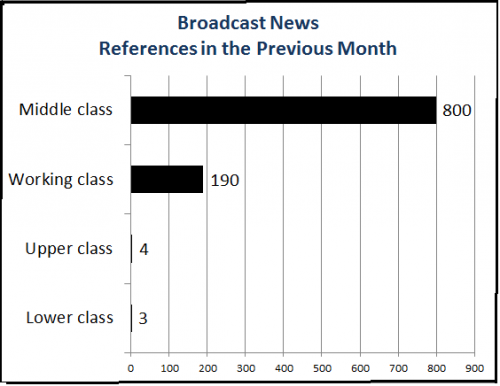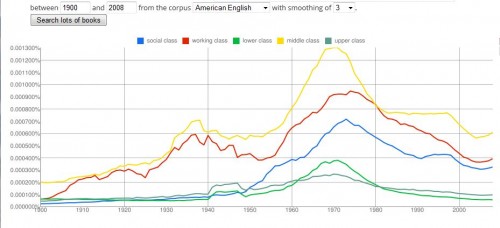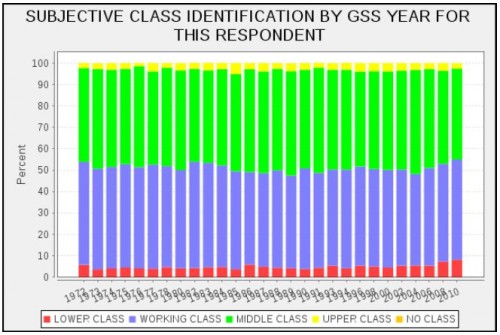 In “Portraying Tiger Woods: Characterizations of a ‘Black’ Athlete in a ‘White’ Sport,” Andrew Billings discusses how race plays a role in sports commentators’ evaluations of golfers, and particularly in how they describe and comment upon Tiger Woods. A content analysis of 37.5 hours of coverage of golf tournaments between April and August of 2001 by CBS, NBC, and ABC, during which 2,989 evaluative comments occurred, revealed patterns in how sportscasters described Tiger Woods compared to other golfers. When he was losing, Woods was more likely than other golfers in the same position to be described as lacking composure or concentration, of “self-destructing,” and of lacking control over his emotions. Overall, Billings found that the types of language other students have found to be applied to Black athletes were applied to Woods only when he was losing. When he was doing well, commentators did not significantly stereotype Woods.
In “Portraying Tiger Woods: Characterizations of a ‘Black’ Athlete in a ‘White’ Sport,” Andrew Billings discusses how race plays a role in sports commentators’ evaluations of golfers, and particularly in how they describe and comment upon Tiger Woods. A content analysis of 37.5 hours of coverage of golf tournaments between April and August of 2001 by CBS, NBC, and ABC, during which 2,989 evaluative comments occurred, revealed patterns in how sportscasters described Tiger Woods compared to other golfers. When he was losing, Woods was more likely than other golfers in the same position to be described as lacking composure or concentration, of “self-destructing,” and of lacking control over his emotions. Overall, Billings found that the types of language other students have found to be applied to Black athletes were applied to Woods only when he was losing. When he was doing well, commentators did not significantly stereotype Woods.
The study is interesting in light of a video sent in by Jason Eastman. This Wall Street Journal segment discusses the results of a study that investigated how media depictions of college quarterbacks’ performances. A recent study published in the Academic of Management Journal found that media coverage rarely gave African American quarterbacks credit for leadership. When their teams do well, it is because of their natural athletic talent; when they do poorly, it is lack of leadership — blame not equally placed on White quarterbacks when their teams do poorly. So Blacks are blamed more for losses but get less credit for successes — an outcome of stereotyping that has disturbing implications for hiring and promotion in the workplace (sorry for the ad):
Full cites:
Andrew Billings. 2003. “Portraying Tiger Woods: Characterizations of a ‘Black’ Athlete in a ‘White’ Sport.” The Howard Journal of Communications 14: 29-37.
Andrew Carton and Ashleigh Shelby Rosette. 2011. “Explaining Bias against Black Leaders: Integrating Theory on Information Processing and Goal-Based Stereotyping.” Academy of Management Journal 54: 1141-1158.
























